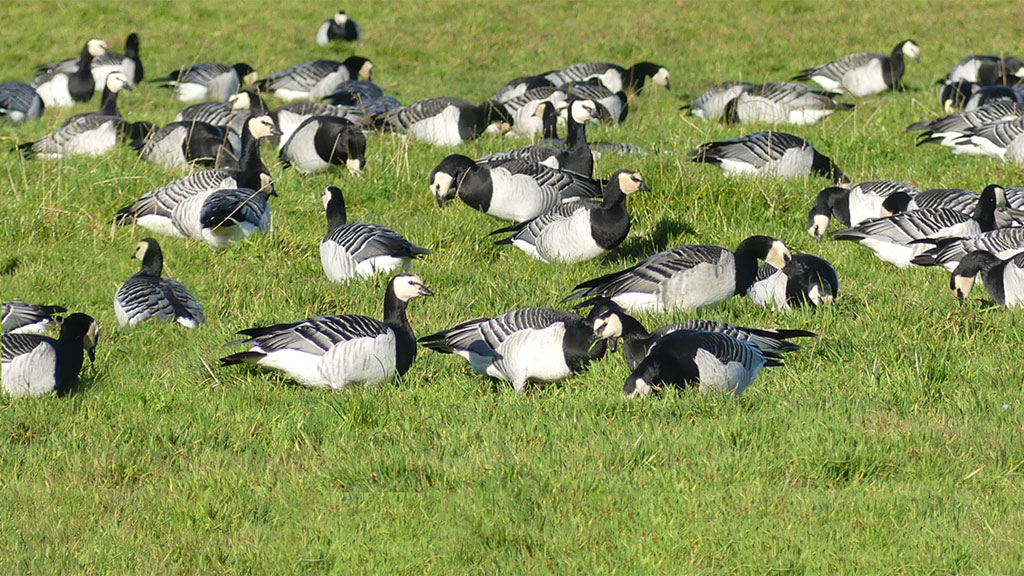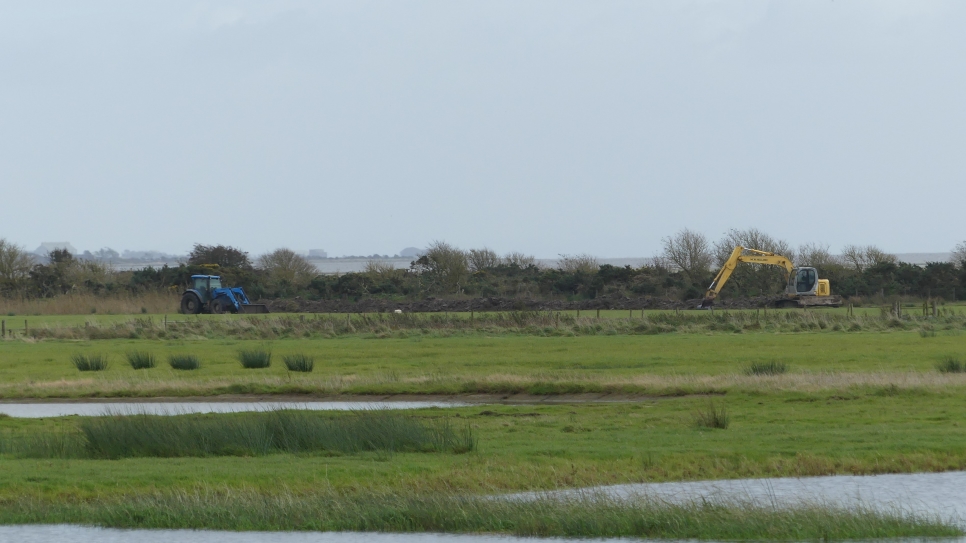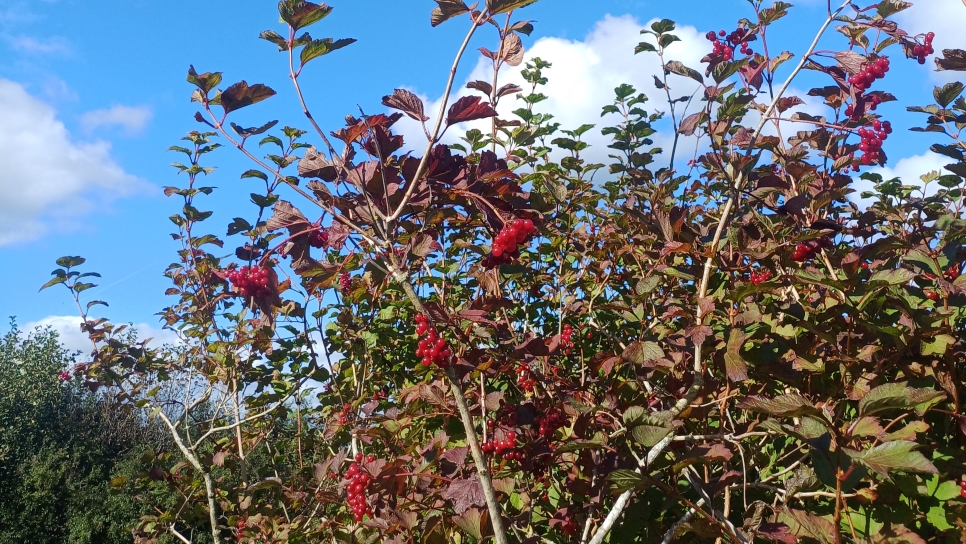Where are the waders? (and other recent sightings)
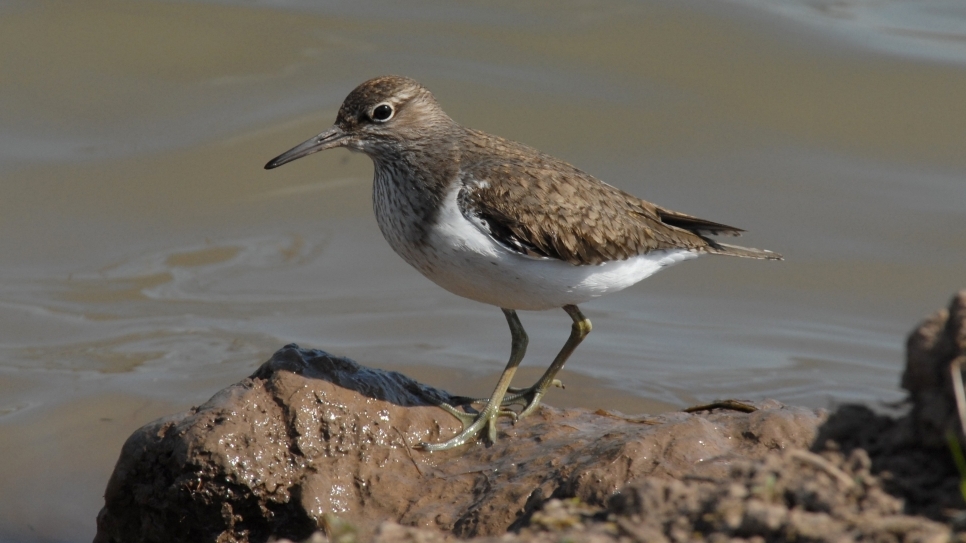
At this time of year, you never know what you’re going to get when you head over to the Folly Pond.
A little ringed plover one day, a green sandpiper the next. But why is it so changeable?
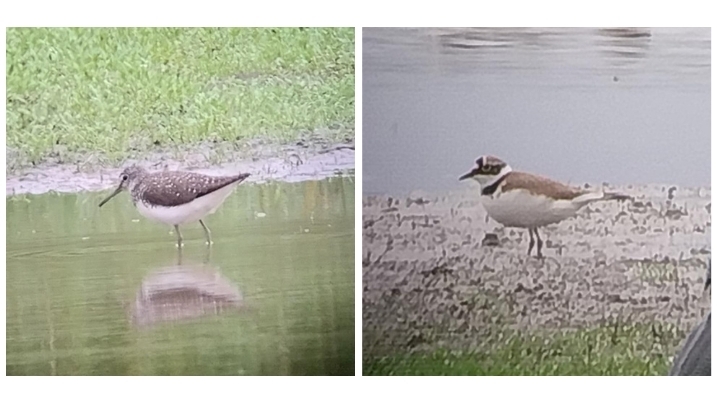
Left: green sandpiper. Right: Little ringed plover. Pictures by David Pickett
Wader breeding season starts to wrap up at the end of June when the juveniles are grown up enough to fend for themselves. These youngsters have fledged and are starting to move around on their own.
The migratory adults start to move south in preparation of their great journeys ahead. Common sandpiper, for example, breed further up river in the hills and start to disperse down river onto estuaries before heading to western Africa for the winter.
The birds will not spend long in any location meaning at WWT Caerlaverock, we are often pleasantly surprised with the birdscape that greets us of a morning.
Waders that have dropped in recently include two little ringed plovers, snipe, greenshank, green and common sandpipers as well as lots of lapwing. All have been seen on the Folly Pond.
Other recent bird sightings are shoveller, little grebe, heron, teal, lesser black backed gull and all the hirundines: swallows, house and sand martins and swifts.
There has been lots of dragonfly activity: banded demoiselles, common darter, emperor dragonfly, four-spotted chasers and more!
Words by Marianne Nicholson
Feature image of common sandpiper by James Lees
